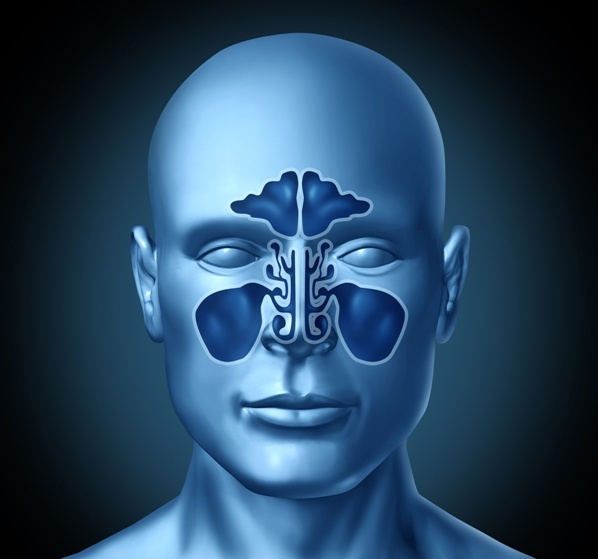Informacje o zabiegu
Nasal septum is a structure within the nasal cavity, which divides it into two nasal canals. It is composed of cartilage tissue. Physiologically it is symmetrical, located at equal distances from the external nose walls. Sometimes as a result of injury, inflammation or other factors, the nasal septum is distorted. Apart from the unaesthetic appearance, this often results in numerous ailments. Chronic rhinitis, difficult breathing through the nose, disturbance of smell one- or two-sided smell, these are just some symptoms and indications for septoplasty – procedure involving correction of the nasal septum. Distorted structure may also affect the paranasal sinuses and other sinuses of the bony face. Deformation reaching a place in the nasal cavity, called the ostiomeatal complex, affects drainage from the frontal sinuses, maxillary and paranasal sinuses. Disturbed ventilation and free communication with the nasal cavity can cause chronic and recurrent inflammation. Pathological fluid begins to accumulate inside the sinuses. Patients suffer from painful conditions. The best treatment is elimination of symptoms and causes. Septoplasty is an operation of the nasal septum. Restoring its physiological shape will provide free access to the ostiomeatal complex. FESS is a method of endoscopic surgery. It consists in insertion of an endoscope into the nasal cavity, i.e. a thin, flexible tube finished with a camera. A doctor under visual control can insert an endoscope in a pathologically changed place and accurately assess the shape of nasal cavity, and thanks to micro-tools to clear the sinuses. All cuts during the treatment are made inside the nasal cavity. As a result, the patient does not have any visible scars on face. During the convalescence period it should minimize physical effort, sneeze with open mouths (to prevent excessive pressure increase in the nasal cavity), take care of proper moistening the nasal mucous. Also regular visits at the attending physician are important.
Wskazania
- significant septum deviation, leading to breathing disorders through the nose
- recurrent inflammation of paranasal sinusitis, palatine tonsils, lacrimal canals
- post-traumatic and non-flammable deformations of nose
- vasomotoric rhinorrhea of the nasal mucosa
- significant impairment of smell, either single or double-sided
- chronic/recurrent otitis media with effusion
- cysts
- osteomas
- mucocele
- foreign bodies in sinuses
- anatomical anomalies, leading to more frequent infections
Przeciwwskazania do zabiegu
- lack of the patient’s consent
- taking blood thinners
- severe hemorrhagic diathesis
- advanced, uncontrolled diabetes
- bad general health status of patients
- active respiratory tract infection
- diseases preventing the use of anesthesia
- allergy to anaesthetic drugs
Price:
8300 PLN
Korzyści z zabiegu
- subsidence of recurrent infections, sinusitis
- easy breath
- excellent cosmetic effect after the treatment – no scars on the face
- restoring the sense of smell
Zalecenia po zabiegu
- rest
- reduce physical effort
- sleeping with the head placed higher than the torso
- in the first weeks after the treatment, swimming pools and stay in the sauna is not recommended
- regular checks in the attending doctor to remove clots, mucus and to observe the post-operative space
- ensure that the nasal cavity is properly moistened (use sea salt preparations)
- while sneezing open your mouth to minimize the pressure in nasal cavity
- in case of excessive bleeding, cool the nose and paranasal sinuses using cold compresses
- helpful are also preparations of oxymatazolin, which shrinks blood vessels



